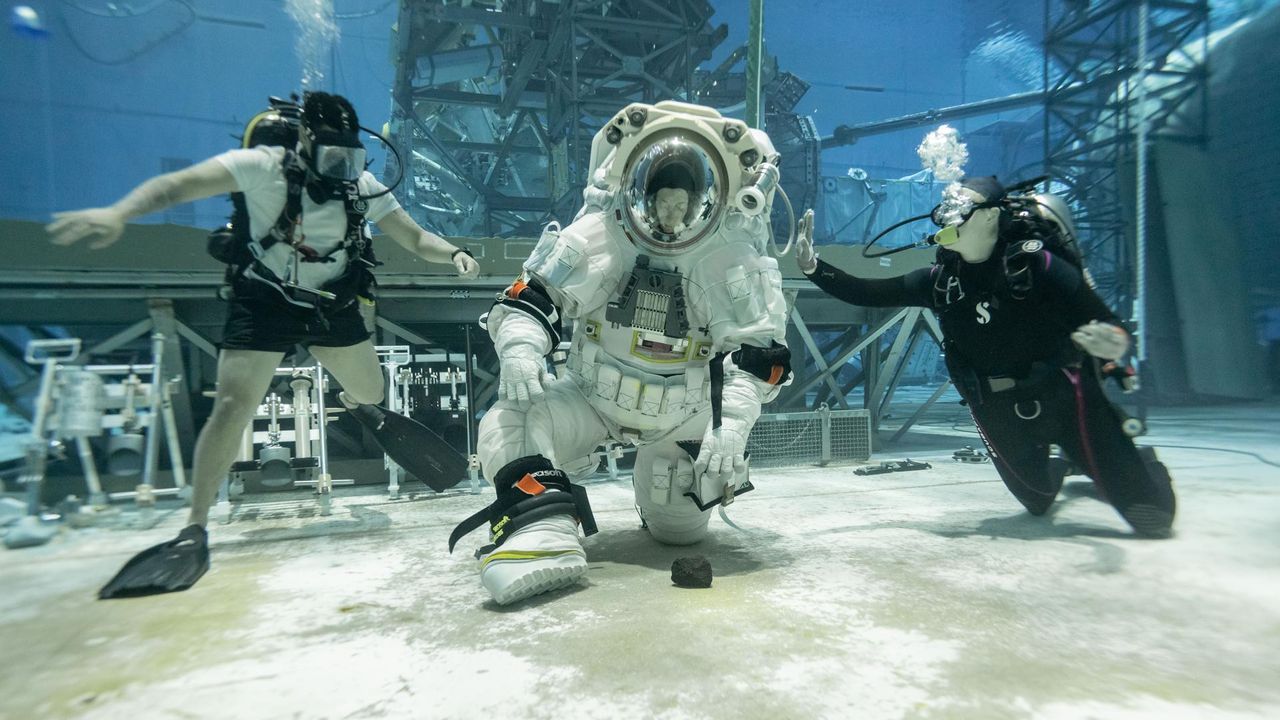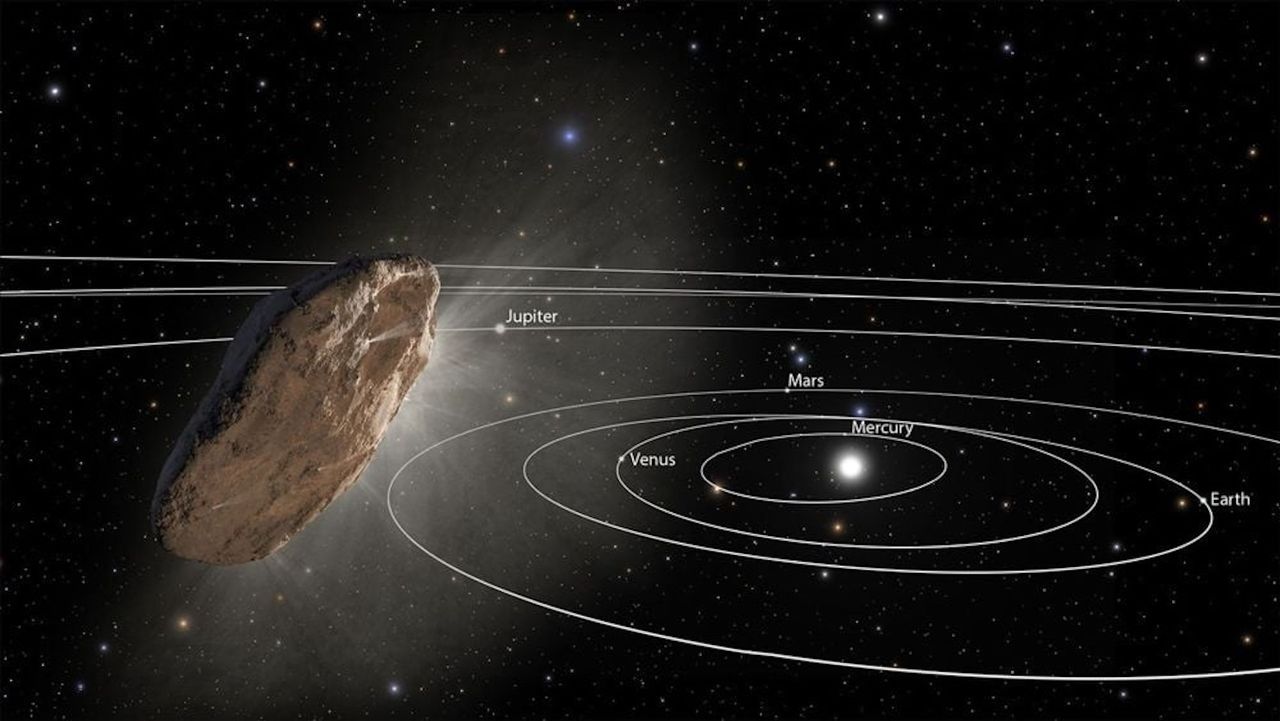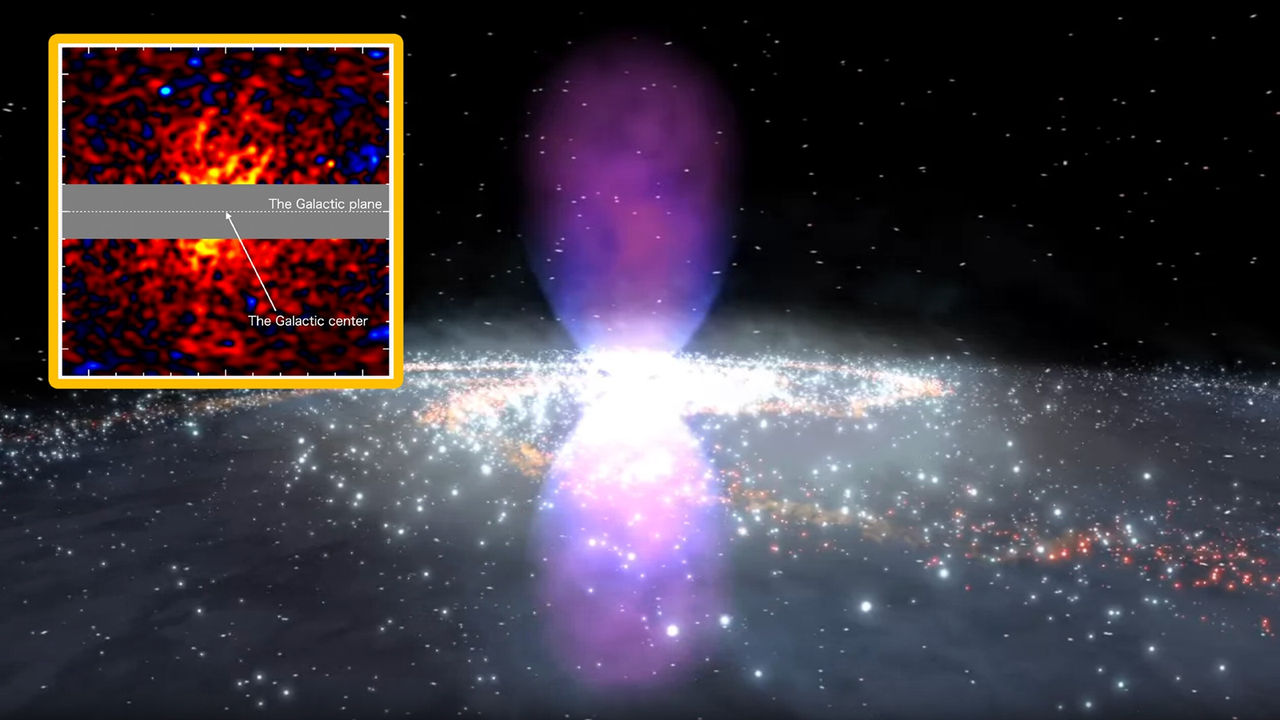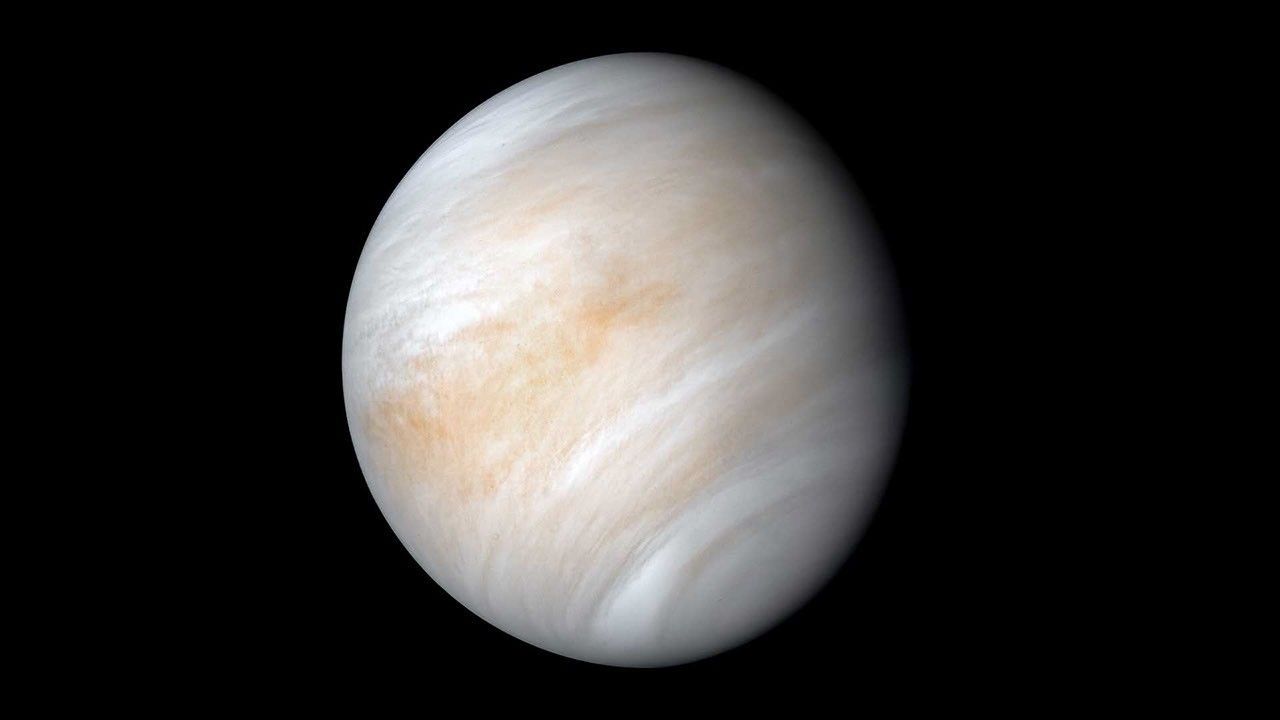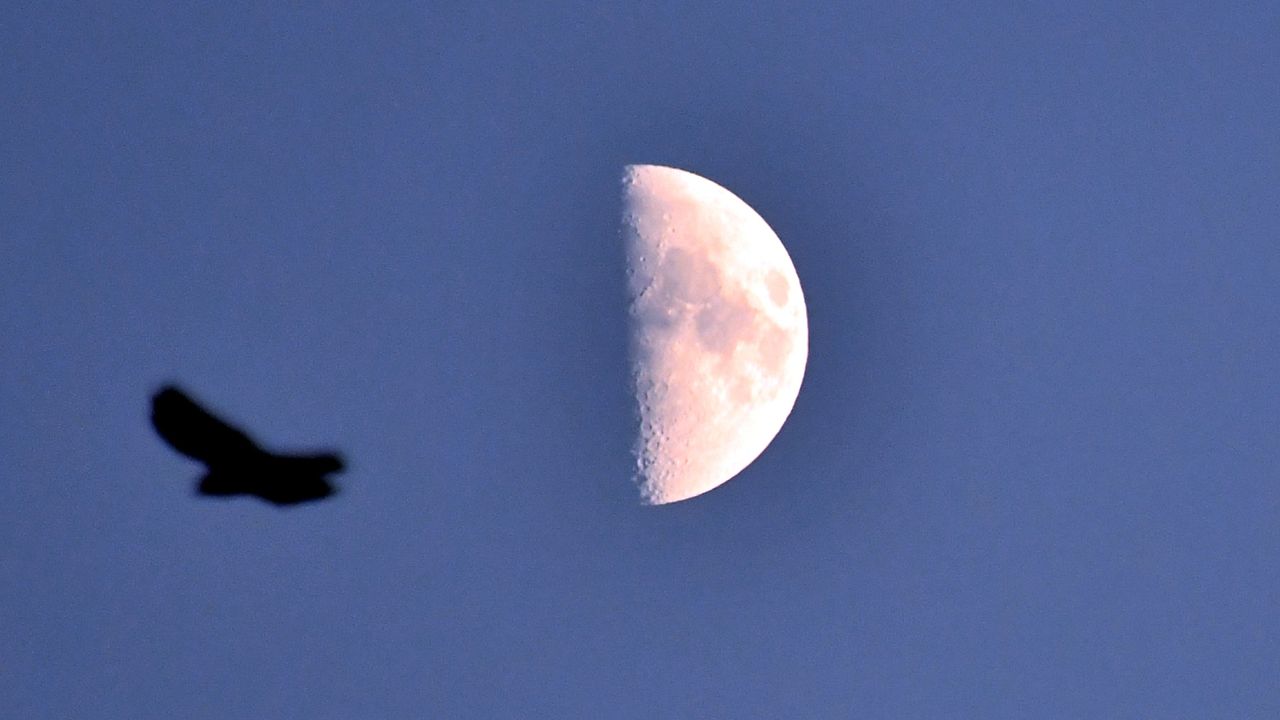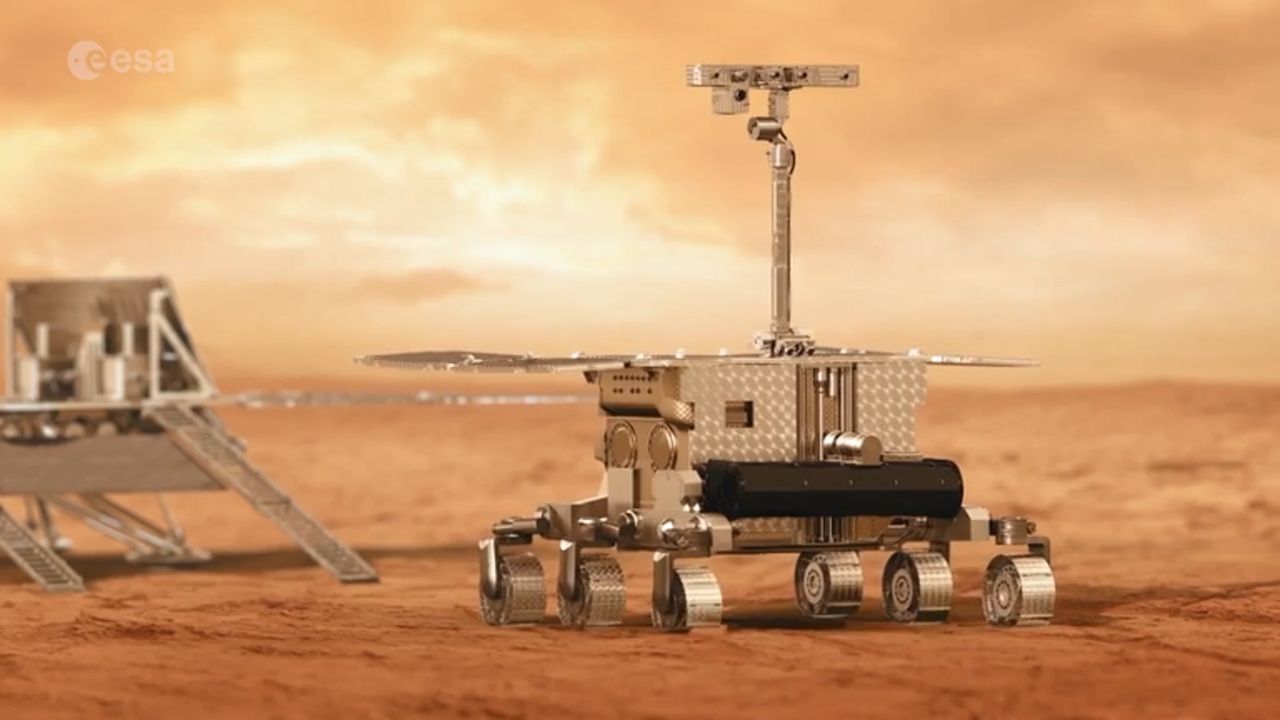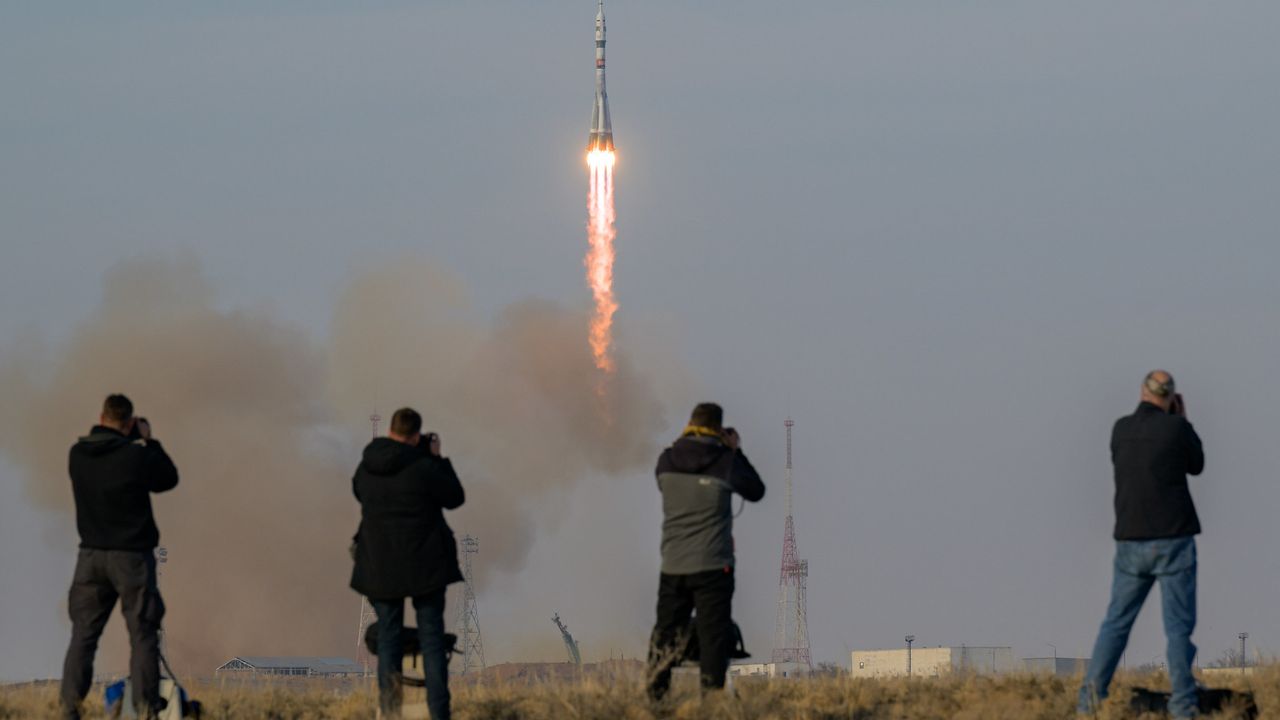4 key things NASA just revealed about the interstellar comet 3I/ATLAS
NeutralScience
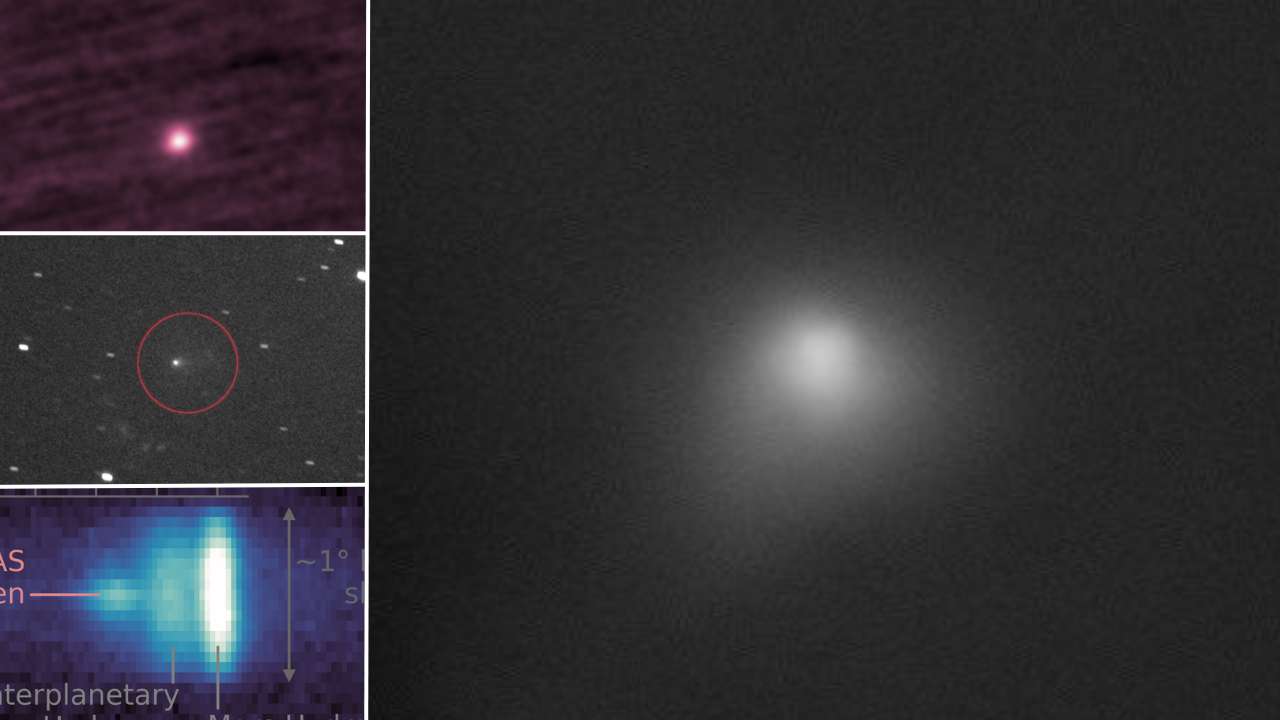
- NASA has recently revealed significant findings regarding the interstellar comet 3I/ATLAS, confirming its comet-like characteristics through new images captured by its spacecraft. This development marks an important step in understanding this celestial body as it travels through the solar system.
- The release of these images is crucial for NASA as it enhances the agency's ability to document and study interstellar objects, contributing to the broader field of astronomy and our understanding of the universe's formation and evolution.
- This event highlights ongoing scientific interest in interstellar objects, particularly as 3I/ATLAS provides insights into the origins of comets and the conditions of early solar systems, while also dispelling myths about alien origins associated with such celestial phenomena.
— via World Pulse Now AI Editorial System
